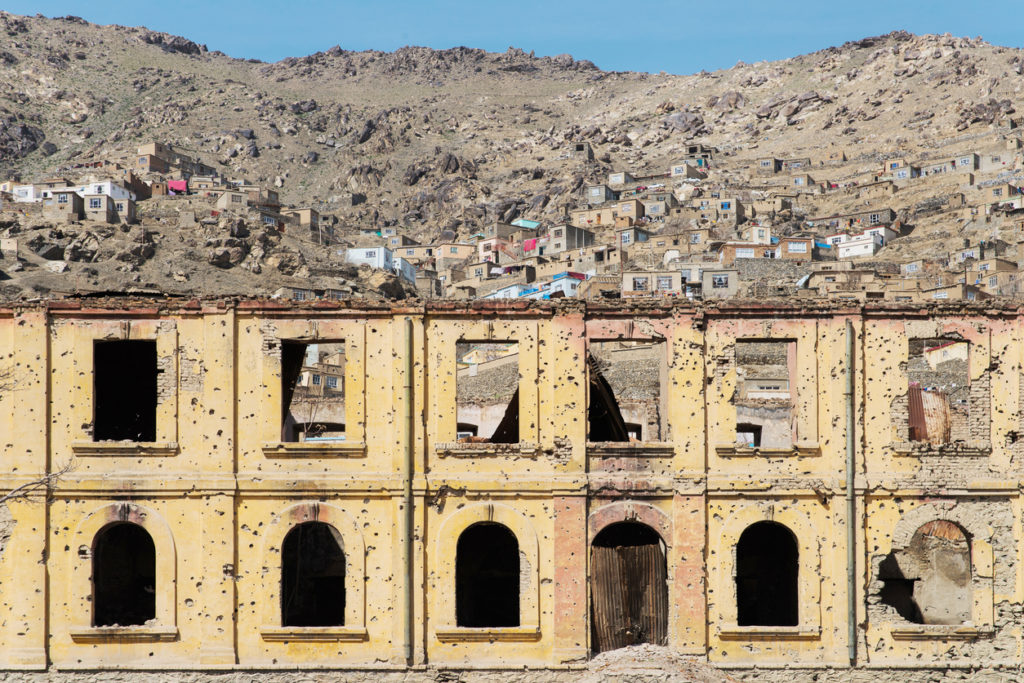The suicide bombing on January 27th in Kabul is just one in a string of recent attacks which raises questions about the ability of the Afghan security forces to effectively protect high value targets and areas in the capital city.
What is known about the attack
Attackers from the Taliban-linked Haqqani network, disguised the VBIED* as an ambulance and drove it into the Shahr-e Naw area of District 4, in the central north-west area of the city. The attackers were able to bypass at least one security checkpoint by claiming that they were taking a patient to the Jamhuriat Hospital in the nearby District 2.
Upon reaching a second security checkpoint, the vehicle was detonated, killing 103 people and injuring a further 235, according to Interior Ministry reports. According to a subsequent statement from the Taliban, the primary target of the bombing were the security forces in the district, which included a large number of police getting documents processed at an Interior Ministry office located nearby.
However, the attack also took place within the Kabul “ring of steel” security cordon, near several foreign embassies and banks. The district is also, perhaps tellingly, the location of the High Peace Council, the government body meant to be overseeing reconciliation efforts between the Taliban and Afghan government. General Joseph Votel, the commander of U.S. Central Command, was also attending a meeting in a nearby Ministry of Defence building.
Latest in a string of attacks
This attack came however during a week of violence in the capital which seems designed to show that the city is not secure. Seven days prior, the Taliban launched an attack on the Intercontinental Hotel in Kabul, despite warnings from the US Embassy that such an attack might take place, and two days after this suicide bombing, ISIS carried out an attack on the Marshal Fahim National Defense University in the west of the city, killing 11 soldiers.
Last year, I highlighted the risk to Kabul based on the ability of ISIS to penetrate and carry out attacks in supposedly secure areas of the city. Since then, the threat from ISIS and the Taliban has only intensified, while the benefits from increased military support to Afghanistan from the US appear to be minimal going into the spring, when the insurgency-style fighting can be expected to increase (indeed, the Pentagon appears to be censoring data showing the territorial advances made by the Taliban).
A Pakistani factor?
In the wake of public outrage, the Afghan government has directed blame for the attack on the Pakistani government. According to Afghan security sources, it is believed the attackers, working on behalf of the Haqqani network (which has close links with elements in the ISI), trained in Pakistan and was linked to recent decision by the US to suspend military aid to the country. It is possible this is correct, and it would not be entirely unexpected if this were the case.
However, Pakistan is also a convenient target for President Ashraf Ghani to divert attention from his own failings, and as the record of attacks show, state-sponsored expertise is not necessary for groups to be able to carry out attacks in the capital. Additionally, Pakistan has threatened to close down Afghan refugee camps and expel their residents in response, potentially creating a humanitarian crisis on the border.
*VBIED Vehicle borne improvised explosion device
Marc Simms is an occasional blogger for Proelium Law LLP. Marc holds a MLitt in Terrorism Studies and a Masters in International Relations, both from St Andrews. His particular interests are in emerging international security issues, unconventional warfare and terrorism.
Need advice?
If you’d like further information, or to discuss working with us, please get in touch







